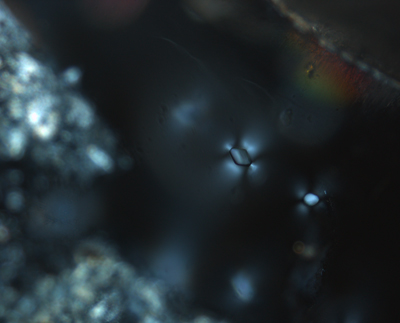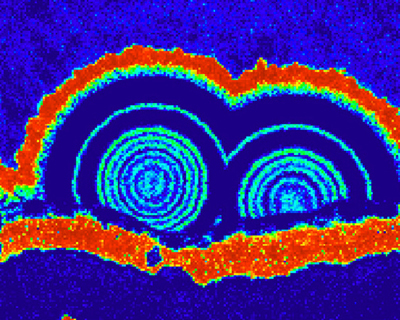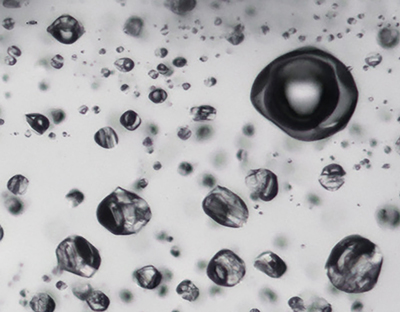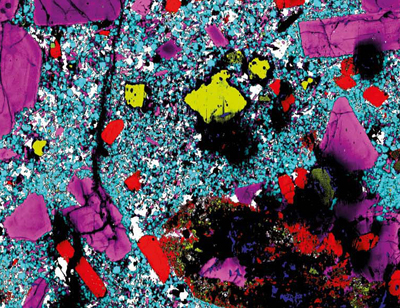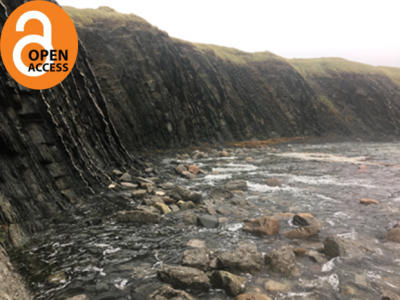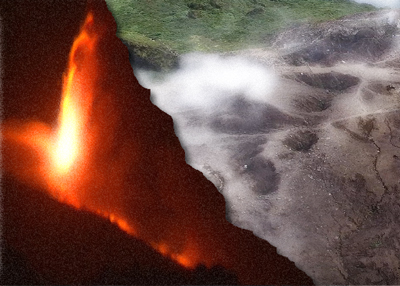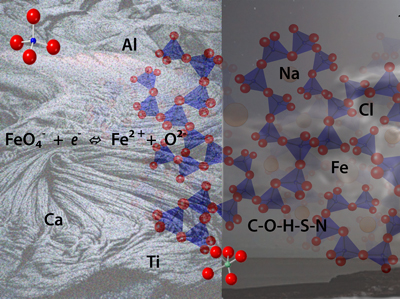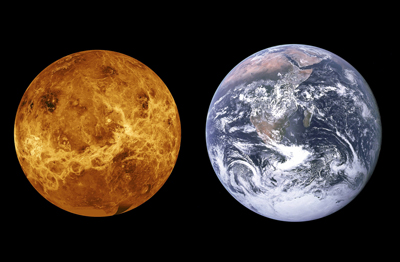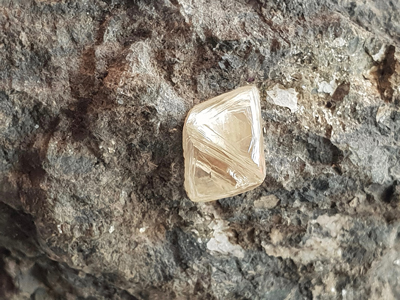Applications of Raman Spectroscopy in Metamorphic Petrology and Tectonics
Raman spectroscopy is widely applied in metamorphic petrology and offers many opportunities for geological and tectonic research. Minimal sample preparation preserves sample integrity and microtextural information, while use with confocal microscopes allows spatial resolution down to the micrometer level. Raman spectroscopy clearly distinguishes mineral polymorphs, providing crucial constraints on metamorphic conditions, particularly ultrahigh-pressure conditions. Raman spectroscopy can also be used to monitor the structure of carbonaceous material in metamorphic rocks. Changes in structure are temperature-sensitive, so Raman spectroscopy of carbonaceous material is widely used for thermometry. Raman spectroscopy can also detect and quantify strain in micro-inclusions, offering new barometers that can be applied to understand metamorphic and tectonic processes without any assumptions about chemical equilibrium.
Applications of Raman Spectroscopy in Metamorphic Petrology and Tectonics Read More »


